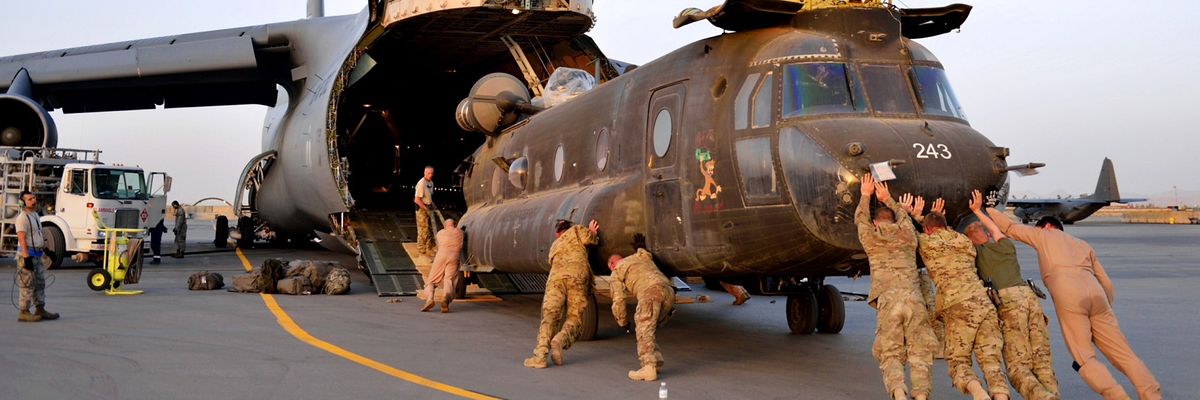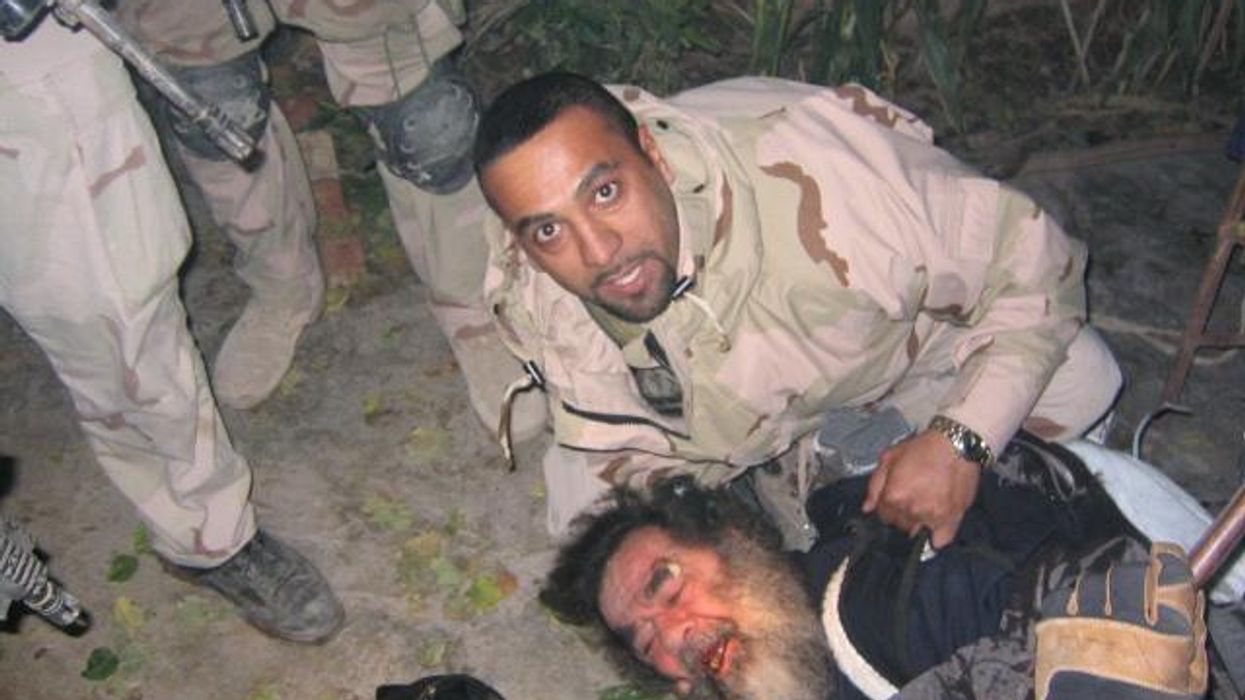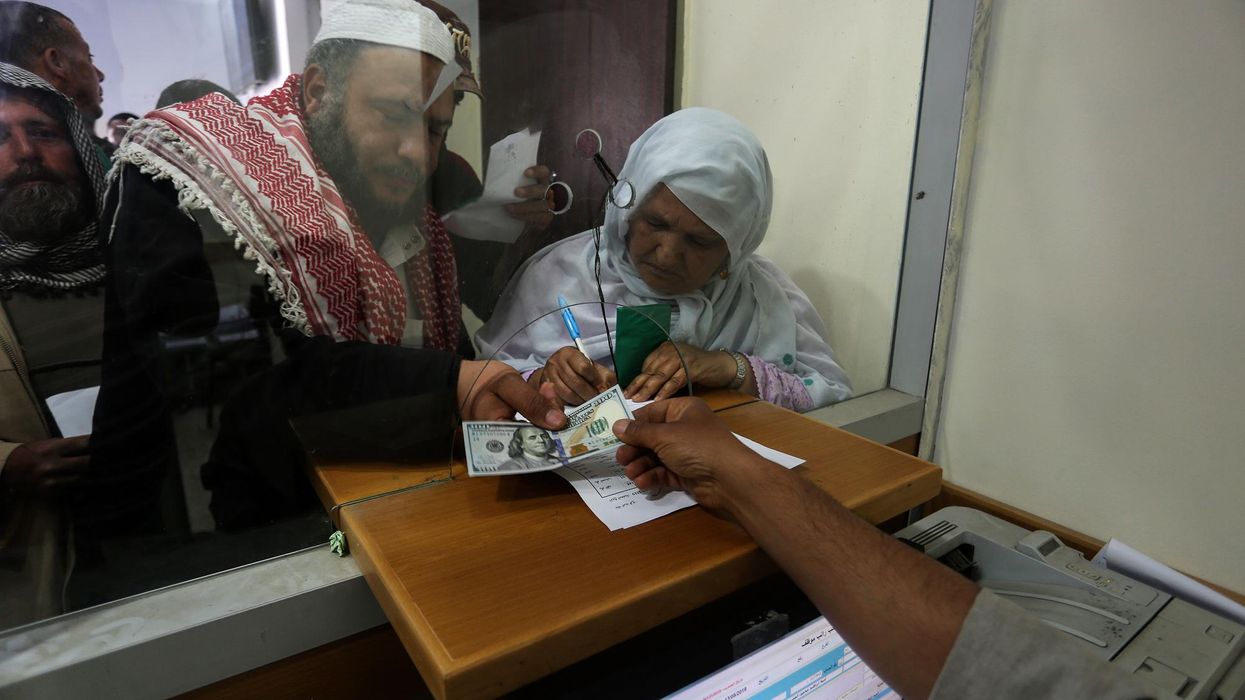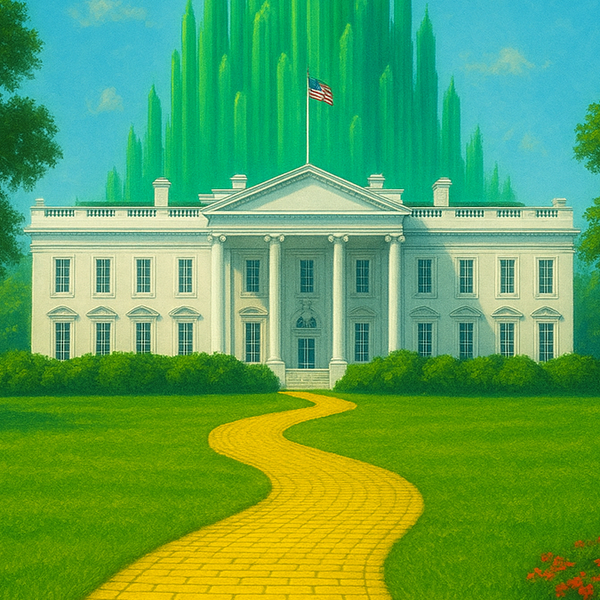Calls for the United States to remain militarily entrenched in Afghanistan adopt a flawed we-broke-it-we-fix-it misunderstanding of America’s longest active war. This revisionist account blames Washington’s failure to militarily defeat the Taliban on a myriad of factors, including the war in Iraq, double-dealing by Pakistan, Washington’s poor relations with Iran, and the installation of former warlords into Afghan politics. But for these missteps, Washington could have defeated the Taliban and built Afghanistan into a stable democracy — or so goes the narrative.
Each of these factors contributed to a worsening situation in Afghanistan, but focusing on them ultimately misses the big picture: U.S. troops cannot dictate outcomes in Afghanistan. Period.
The we-broke-it-we-fix-it narrative ignores the complexities of a 40 year conflict. Washington did not merely initiate a new war when it invaded Afghanistan in 2001 — it resurrected an old one. Nevertheless, President Obama told West Point cadets in 2009, “Afghanistan is not lost, but for several years it has moved backwards.” This led the Obama administration to initiate what one analyst called a “skinny surge” to reverse pre-2009 setbacks that occurred during a missed “golden window” to defeat the Taliban when they were still on the run.
During the three year surge which saw as many as 100,000 U.S. troops deployed to Afghanistan at one time, 1,044 U.S. military personnel were killed in action, 13,622 were injured, and 8,693 Afghan civilians lost their lives in the crossfire. U.S. fatalities during this period account for approximately half of all U.S. deaths during the war. A web of forward operating bases and combat outposts protected provincial capitals but also created the illusion of coalition control over large swaths of Afghanistan when in reality, the Taliban often operated freely just several hundred meters away.
Hard fought battles to gain control of districts were quickly reversed as U.S. troops handed over control of outposts to the Afghan military, and over the last four years, Afghan government control of its own territory hovered around 60 percent. Ties between al-Qaida and the Taliban are weakened but not broken and the terrorist group is still able to operate even after two decades of a U.S. presence inside Afghanistan.
Could the Taliban have been defeated by a country with unlimited resources, a permanent troop surge, no competing national security priorities, and perfect regional partners with interests in synchronous alignment? Perhaps. Too often calls for intervention and frameworks for counterinsurgency are predicated on a perfect alignment of factors. The likelihood of a decisive military victory over the Taliban remained dubious at best. More importantly, that window has since closed, if it ever existed. Apart from the Taliban, Afghanistan remains a fragile rentier state dependent on foreign aid, fraught with internal corruption, and susceptible to other armed non-state actors.
So what can the United States do?
Promote intra-Afghan talks and keep fighting the Islamic State-Khorasan Province (ISKP)
Intra-Afghan talks remain the best chance at achieving a political settlement that significantly reduces violence in Afghanistan. These talks are currently at risk of imploding primarily as a result of a surge in Taliban violence, but also due to lukewarm support by Afghan political elites who stand to lose influence, growing calls inside Washington to abrogate the Doha agreement and remain in Afghanistan, and horrific attacks conducted by the ISIS offshoot in Afghanistan known as ISIS-Khorasan Province.
Peace talks are always difficult, like for example in 1968, when negotiators battled over the shape of the negotiating table and whether it accurately reflected the number and positions of the Vietnam War’s main protagonists before they could commence substantive talks. But this example also serves as a premonition for the future of the intra-Afghan talks as it took an additional four years before a peace agreement was achieved.
The Afghan government has impeded the talks through initial delays in a Taliban prisoner release and Afghan President Ashraf Ghani’s personal animosity toward his political rival Abdullah Abdullah who serves as the principal negotiator for Kabul and resistance to a potential interim government. The Taliban have undermined the talks by engaging in a military offensive to control the capital of Helmand province, targeting civilians, and making no distinction between combatants and non-combatants.
Public statements made during the recent U.S.-India 2+2 Ministerial Dialogue and Secretary of State Mike Pompeo’s South Asia tour are just the latest demonstration of the emergence of close U.S.-India ties to curtail growing Chinese influence in the region. India welcomes this support as it faces the threat of an ascendant China that is increasingly assertive about its territorial claims along the India-China border.
But the Trump administration missed an opportunity to demand that New Delhi unequivocally support a political settlement in Afghanistan in both words and actions. Instead, India continues to encourage political and ethnic rivalries in Afghan politics and has little incentive to support a political settlement inclusive of the Taliban. The Trump administration also proved unable to convince the Taliban to accept a ceasefire during negotiations or pressure Pakistan to exert what is left of its waning influence over the group beyond bringing them to the table in Doha.
Washington must quickly act to bring intra-Afghan talks back on track. It should make it clear to Pakistan that it is not enough to simply bring the Taliban to the negotiating table if the group is unwilling to make meaningful concessions and demand that New Dehli play a less divisive role in Afghanistan. It should continue to assist the Afghan government and even the Taliban in its fight against the more radical ISIS-KP while remaining committed to the May 2021 troop withdrawal timeline of the Doha agreement. Most importantly, it must make clear to the Taliuban and Afghan government that this is a fleeting opportunity.
Develop a sustainable human rights and aid model to support Afghan peace post-withdrawal
The U.S. intervention in Afghanistan advanced individual and minority rights in major cities at a remarkable pace. But this was underwritten by U.S. security guarantees that only continued because a brutal counterinsurgency raged in the rural parts of the country. It is important to remember that freedom to live without the threat of violence is also a human right. Violence against civilians at the hands of the Taliban and ISIS-KP is surging, but critics who point to a U.S. withdrawal as the primary cause of bloodshed forget that a surge in U.S. troops increased rather than reduced violence in the past.
A successful political settlement to the conflict will likely require some illiberal policies to be adopted in the country’s political system in exchange for a reduction in violence, but this does not mean that human rights should take a backseat. It does mean that Washington must work with Afghans to implement sustainable human rights gains country-wide over unsustainable ones in a Kabul bubble. This will require the United States to work with other countries to develop a sustainable aid model that ensures Afghanistan’s institutions can continue to function and grow after a U.S. withdrawal.
















